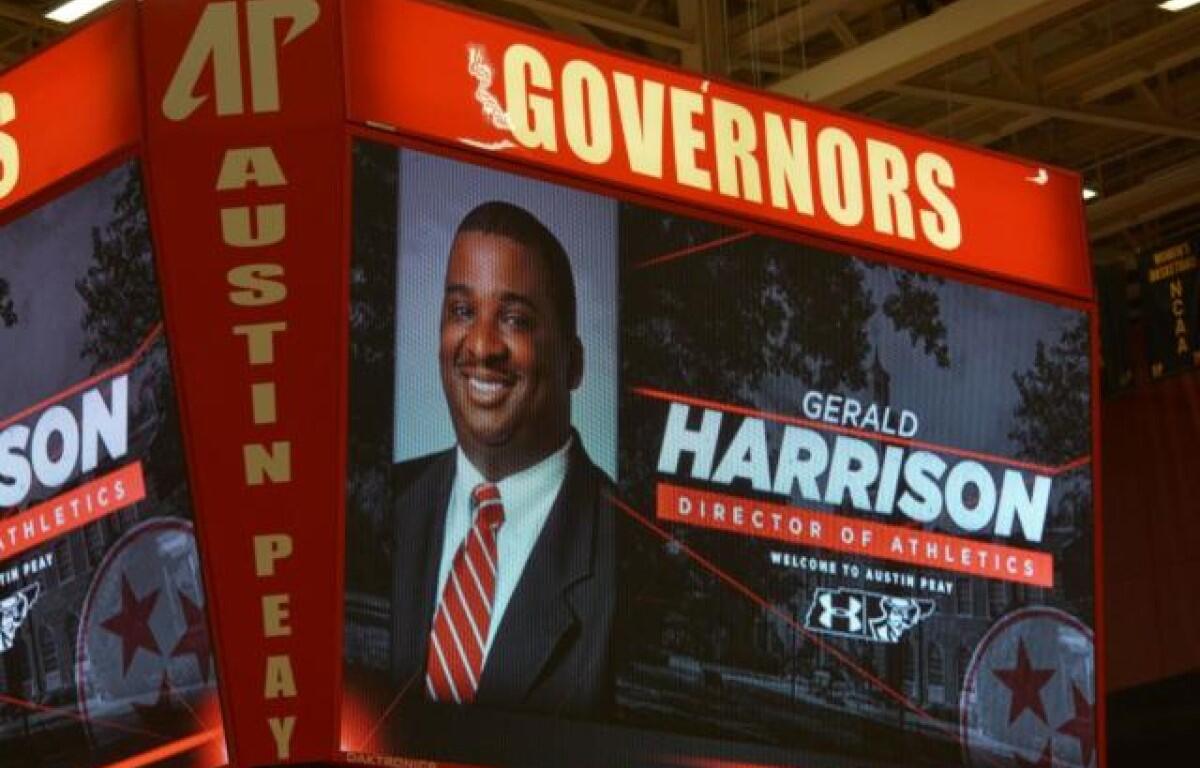CLARKSVILLE, TN (CLARKSVILLE NOW) – The landscape of the NCAA transformed last year as student-athletes were given the right to earn money off of their name, image and likeness, also known as NIL.
Since the ruling, student athletes have been given a broad spectrum of NIL deals. For example, Alabama Coach Nick Saban announced that Bryce Young earned close to seven figures in endorsement opportunities during 2021. This was before Young ever started a game for the Crimson Tide.
Generations of athletes and administrators have long waited for this moment in sport history. This is true for Austin Peay State University Director of Athletics Gerald Harrison, who believes this is a step in the right direction for the NCAA. He does have his concerns, though.
Name, image and likeness
“I pride myself on being a traditionalist who believes in the value of a college education,” said Harrison. “With that being said, I do believe it was time to adopt the model that allows student athletes to generate revenue off of their name, image and likeness. They have the right to earn revenue off of things such as jersey sales, or representing a local business. I have no problem with that.
“However, I am against the fact that donors can now put money directly in the hands of student athletes. Throughout the history of the NCAA, donors paying athletes was heavily frowned upon. Those who engaged in paying their recruits were given severe penalties. Now that it’s been legalized, it just shows you how much the landscape of the NCAA has changed.”
Collegiate recruiting
Harrison said NIL has already changed the recruitment process for APSU’s athletic department. He described the current state of college recruiting as two trains on a collision course.
“On one hand, you have student-athletes having the freedom within the transfer portal, and on the other you have NIL funds,” said Harrison. “As much as people want to say NIL shouldn’t have any effect on recruiting, it definitely does.”
Harrison admitted it’s difficult to compete against larger-market schools in terms of recruiting and retaining student athletes. He views schools such as Austin Peay as targets for Power 5 conferences.
“Let’s say one of our athletic programs has recruited and developed this home-grown player,” said Harrison. “The player goes on to be selected to the all conference team, and has enticed larger programs to put that player on their radar. These larger programs don’t only have the ability to offer a full scholarship, but the ability to offer a significant NIL deal as well.
“In addition, we’ve already had situations arise where we’re recruiting a player and we’ve offered them a scholarship. Then, another team that’s interested comes in and offers them an NIL deal that covers tuition and then some if they walk on at their program. At this level, these are situations we can’t compete with.”
Harrison said leadership should have taken steps to properly incorporate NIL. This includes creating policies protecting the recruitment and retention of student athletes.
This hasn’t stopped APSU’s athletic department from empowering their student athletes to maximize their potential NIL earnings.
APSU athletic department
Austin Peay’s athletic department has been proactive in finding ways to help student athletes grow their brand during their time with the school. APSU already sent three student athletes to attend The NIL Summit this past June, according to APSU Sports Information.
According to the NIL Summit website, the summit is based on the idea of “equipping student athletes with the tools, resources and information necessary to maximize their outcomes both in the near term, and well after they are done playing sports.”
Austin Peay didn’t stop there. Harrison said APSU has introduced a software known as the Stacheville Exchange. The program is meant to connect student athletes with donors and businesses throughout Clarksville.
Another way Austin Peay plans to empower their student athletes is to hold a job fair that brings owners of local businesses and student athletes together. This way the two parties can discuss business face to face, or at a later date.


